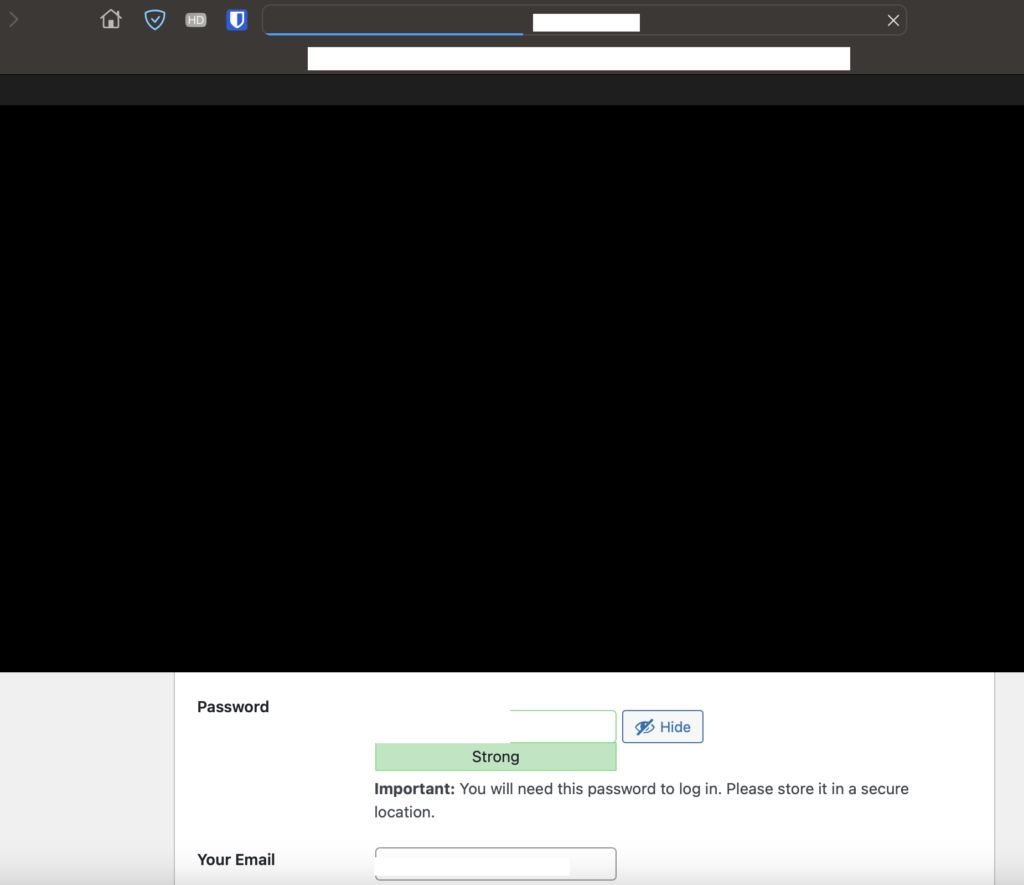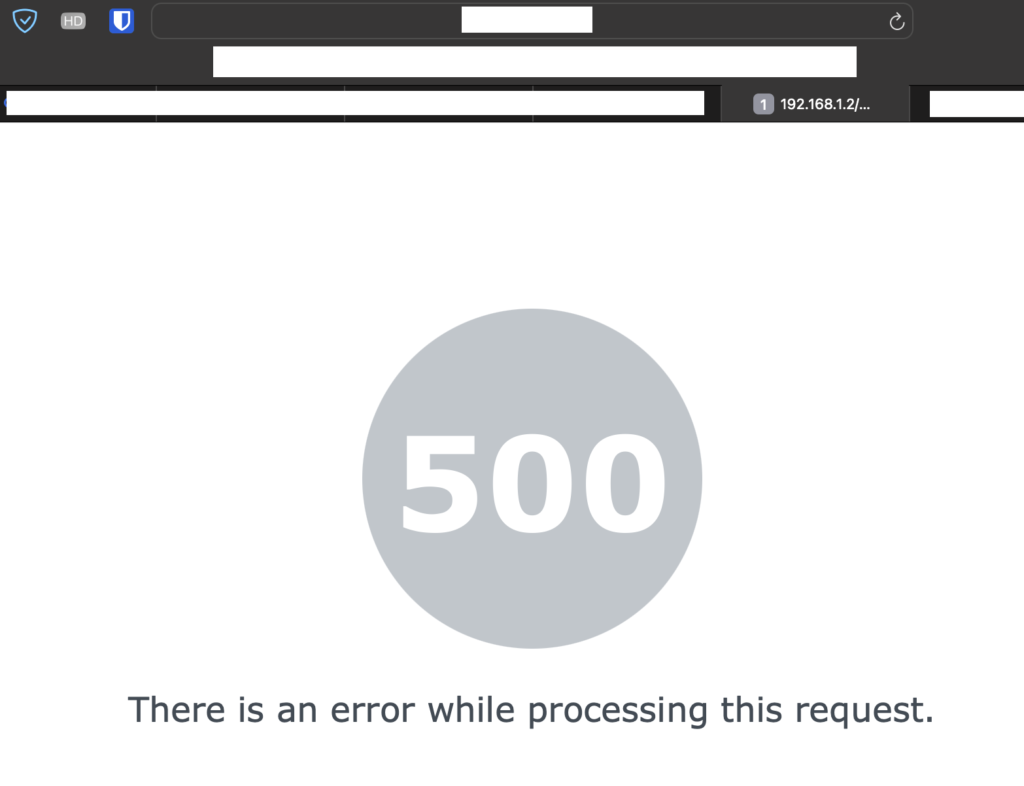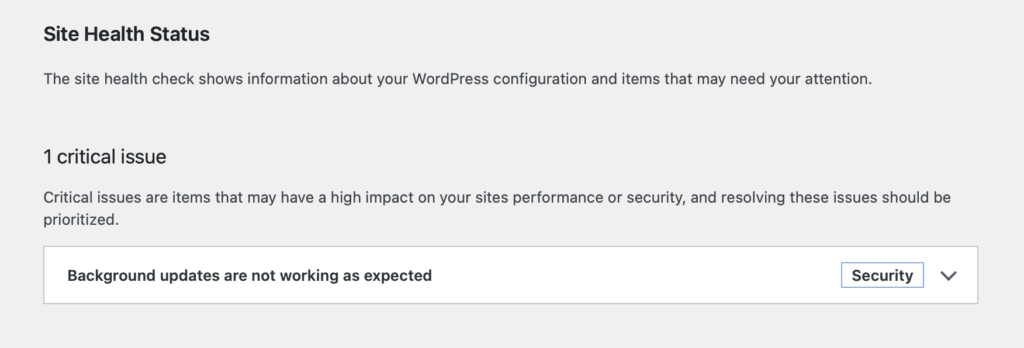Recently I did an inventory of the tech that powers the writing empire. You’ll probably notice a change of the site URL to parrydox.com, because I got tired of trying to convince people that .co was a valid domain (.co.nz and .com being most people’s mental search/replace). As a part of this process I ensured I was using the best tools for the job. In my writer’s stable I need:
- A good suite of writing software (currently Scrivener + Vellum, but likely to move to Atticus – to be covered in another post once I’ve thoroughly kicked the tyres);
- A website (you’re probably looking at it – props to FastComet, who offer excellent service – they actually respond to support tickets!) that showcases my books and how to get in touch with me;
- Some kind of mailing list provider; and
- Off-site storage (…or other BCDR mechanism).
This last we’ll dig into here. Since Apple updated the Way Things Work™️ on macOS, tools like OneDrive and DropBox need to anchor to the … slightly shitter CloudStorage folder system. The net effect, if you’re running OneDrive in a mixed-mode environment of Macs and PCs like me, is once you get a decent number of files hanging out together, sync operations can take a fucken age (hyperbole aside, it can be a couple minutes on wake from sleep for OneDrive to kick the tyres on changed files and sync them). I wanted to see if it was possible to fix this, at least for on-premises sync, so nabbed myself a Synology DS224+ NAS.
This was a mistake.
I’ve got three basic hard requirements, and a stretch goal. The hard requirements are 1) noise (any in-home device must be close to silent), 2) speed (it must be faster than OneDrive, which should be easy since it’s like, right next door), and 3) reliability (data accuracy is 100% a must). The stretch goals here were whether a device like this could potentially do some light web hosting (dev sites, that kind of thing), as well as being a lower-power media server, but we didn’t really get there. Let’s dig in!
Noise
The DS224+ specs boast a 22 dB(A) fan when running in quiet mode. In my home office I already have a Dell XPS 8940. This is a bit of an aging (…yet majestic) beast, currently housing a ~500W PSU, GeForce RTX 3070, and two 5.25” HDDs (alongside two SSDs, but they don’t produce noise). The system is cooled with an after market Noctua 92mm NF-A9 fan rated at ~23dB. If I put a noise metre next to this, it is about what you’d expect for a system with four fans and two sets of spinning disks (tests done ~10cm from the side panel of the devices).
Let’s have a look at that DS224+, hey? We’ve got it in quiet mode. It has a single case fan, and a single drive installed (removing the drive doesn’t lower this by much, and raises it quite a lot when the drive seeks because the NAS appears to have almost no noise shielding).
Well, shit. That’s a hard pass. You can actually hear this thing from outside the room. There’s no way this is suitable for a home appliance.
Speed
Okay, but if it’s loud but we can move it somewhere like a basement, will it still be fast enough to replace OneDrive?
If you guessed, “No,” you’ve got some idea of where this is going.
First up, Synology include three tools of interest to me. One is their basic “Drive” application, which is basically OneDrive. They have a Photos application, which provides some facial recognition and is a surrogate for Google Photos. Finally, they have Cloud Sync, which is supposed to let you sync your on-premises NAS to a cloud service like OneDrive for off site backups. We like offsite backups! We also like photos, so that function working (and supporting facial recognition) would be grand. Finally, a OneDrive “file sync” equivalent (remember where this all started?) is the base warrant of fitness.
- It took 4 days to sync 350GB across the local network using Synology’s Drive. That’s what, about 8Mbit/sec? Bearing in mind this is wired into a GigE switch that supports fairly sprightly copies from other devices, this is glacial. There were errors too, which we’ll get into in the next section.
- Realtime sync with Cloud Sync … isn’t. It’s hard to get a good bead on what’s going on here, but if you have two machines side-by-side on the same network, one running Drive and the other OneDrive, it can take ~30 minutes for a file deleted on one to have that deletion replicated on the other.
- Just using Drive, two devices on the same network can face ~10 minutes for synchronisation of files to occur. A mobile phone can take ~20 minutes to sync a photo in the camera roll in Drive.
- I couldn’t actually get Photos to work at all; it just took to long to do anything and I gave up.
The Internet suggests the device might need a RAM upgrade to function properly. I have two answers to this.
- The device should just work out of the box with basic as-advertised tasks (and for a Network Attached Storage device, storage is the one job!). No excuses. It’s not fit for purpose if it doesn’t.
- There is no way to get memory for this thing 🤣 I admit I was getting a bit frustrated with how much of my life was being drained away with the device, but I couldn’t get new memory to work in the machine. I couldn’t find a place to buy Synology’s first party memory pack locally (no stock, or maybe just not brought into New Zealand?). When putting in some Kingston memory with the right timings, it just wouldn’t boot. I left it for 45 minutes (as the Internet says Synology devices can take ~10 minutes for a memory check), but even after an hour it refused to recognise after market memory.
Reliability
Okay, but if it’s loud and slow, meaning it lives in the basement and we have the patience of Job, will it still be reliable enough to replace OneDrive?
No.
There are a lot of problems here. Let me break out a few I uncovered.
- I put 22.6GB of files into a folder for sync. After checking the next day on the NAS itself, 13.9GB arrived (despite the client reporting successful copy). What happened to the other 8.7GB of files? Nobody knows.
- Remember our ~350GB of files above? Well, that was actually 367GB, but File Manager reports only 357GB on the NAS after copy. Where are the missing 10GB of files? Which files are they? Nobody knows.
- Large ZIP files placed on the NAS get corrupted. This leads me to guess other large files, or any files, could be corrupted, but my life is running out and checking 350GB of files is something ain’t nobody got time for.
- The device creates (using Cloud Sync) OneDrive temp folders all over the place. Do I need them? Dunno. Do I want them? Fuck, no.

- I tried to copy some media folders – let’s say 50 or so. I kicked off a copy overnight (if you guessed it took longer than that to finish, you’re right!). On checking the destination, most made it to the right place, but a special three folders arrived in my home (not media destination) folder on the NAS. Right-click copy, right-click paste, but three folders get put somewhere else. Why? Nobody knows.
- The server processes will randomly die. Here’s an example from Drive – the server-side component suicided, and needed to be manually jumpstarted.

So, it basically loses files, corrupts files, and puts files in the wrong location. It needs palliative care to keep services running, meaning this “appliance” needs more manual intervention than running your own *nix environment (I’d have been and running with a Mac mini M2 in a fraction of the time, and the Synology is a premium-priced product – about 3/4 the cost of that entry-level Mac mini in our local market). This is not good, Verne.
Stretch Goals
Okay, but if it’s loud, slow, and isn’t reliable, can it still be useful as an appliance server for other tasks?
No.
My thesis at this point is that the device is hopelessly under spec’d for whatever operating system it’s running. It will sit there hammering on a large page file when it’s just doing file copies – it really needs more memory by default to do any single task, but it really fails in spectacular fashion when you ask it to do two things at once. For context, the DS224+ has a quad-core 2GB base configuration. FastComet’s shared hosting service serving you this fine page has a dual core and 2GB RAM configuration (which runs WordPress, and Sendy, and a mail server, and SSH, and … well, everything, really).
- Plex server. The DS224+ is blessed by a GPU so it can do hardware decoding (you need Plex Pass, which I have). Unfortunately, it’s so slow running the Plex Media Server it takes about a minute to enumerate a single page in your library. Once it’s streaming (and you’ve shut down other services so it’s just running Plex) it can work if you don’t fucking touch it, but if you skip forward or back you’re in for a world of hurt. It’s unusable.
- WordPress. Hah. The famous 5-minute WordPress install we’re all pretty familiar with takes about 8 hours to complete (this is not hyperbole). Even then, I’m not sure it ever did; I couldn’t get WordPress running on it right, with database errors, pages not loading, all kinds of majesty like that. Here’s what the setup page looks like after 4 hours:

Here’s the main WordPress page after the 8-hour window:

If you’re super brave and patient, and nurse it along some more, you might get this page, which is … corrupted. The alignment of bits and pieces isn’t right, and there’s no WordPress theme. It just can’t stick the landing on this one.

Once WordPress claims to be installed you … can’t update it. Background updates aren’t working … which I guess is a statement of the device itself, as nothing seems to work in the background.

This was the point I boxed it up and sent it back. I kept thinking all along, “Maybe if I just try a little harder it’ll be okay!”
Dear reader, it wasn’t okay.
Discover more from Parrydox
Subscribe to get the latest posts sent to your email.







